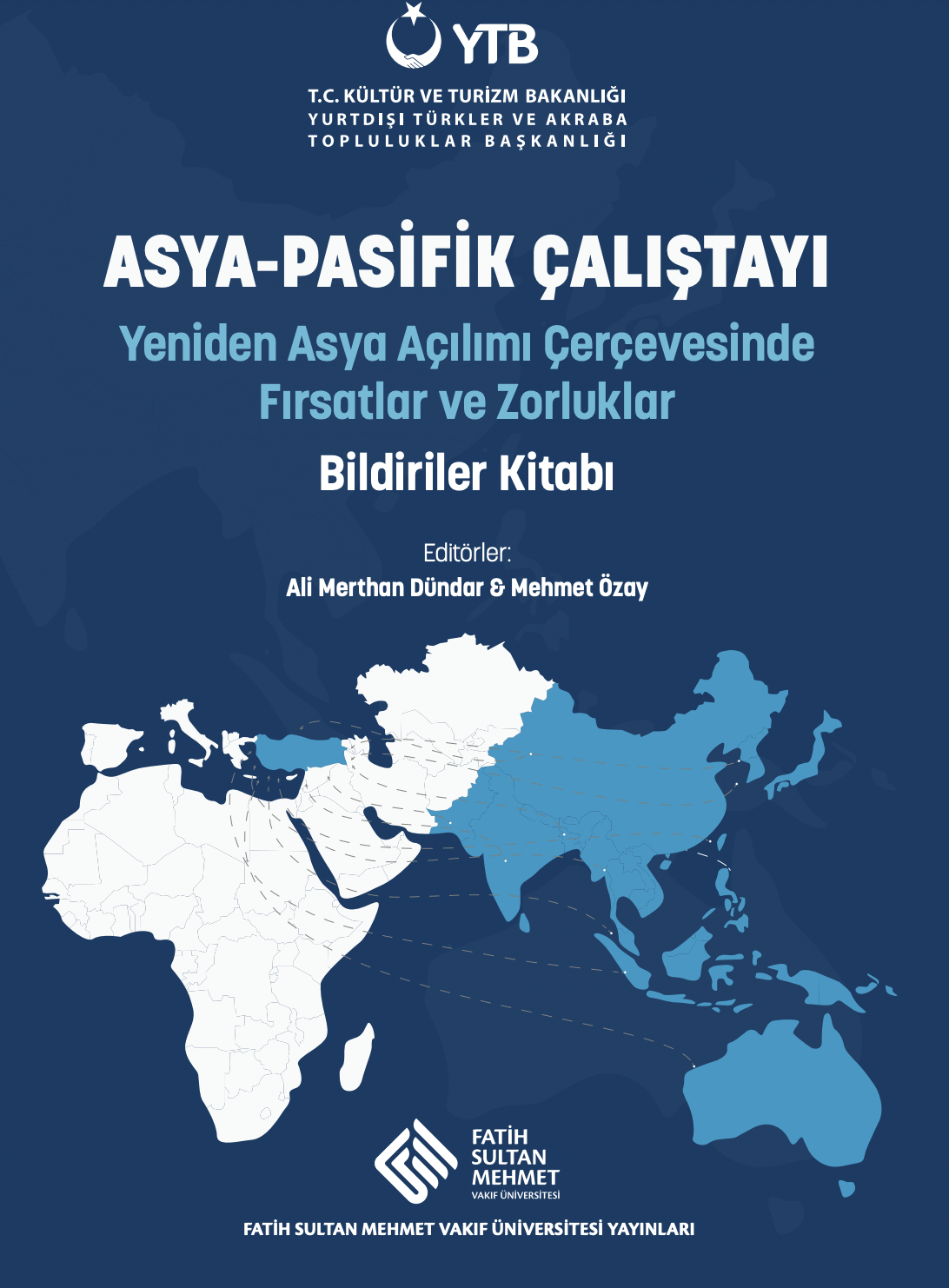Turkiye’s Public Diplomacy Architecture in Asia-Pacific

In the developing information and technology environment, third wave societies are called “telecommunication societies” as Alvin Toffler calls them. Such a rapidly spreading communication environment will, of course, play an active role in relations between societies. Since the second half of the 20th century, the spread of mass media has begun to reveal the superiority of the technologically strong over the weak. The concept of public opinion, which emerged in the sense of end-users, has become increasingly important. Governments began to submit to the will of public opinion, whether they wanted to or not. Although it was not yet named at the time, after the end of World War II, with the Cold War, foreign policy tools, later called soft power, came into force. The concept called “Public Diplomacy” is nothing else but the spillover of these rapid developments into the field of international relations.As a result of this interaction, the importance of the concept of “public opinion” emerged and the opinions of communities began to gain value. The rulers of countries started to pay more attention to public opinion and tried to direct them. These steering efforts continued to increase and diversify, and eventually became frequently used by states. In parallel with all these developments, research on the subject has also increased.In 1965, Edmund Gullion, then Dean of the Law of Fletcher School at Tufts University in the USA, distinguished among the means of influencing public opinion and introduced a new concept of “public diplomacy” as a concept. Public diplomacy can be conceptually defined as “the whole of the activities of a state to ensure its national interests by positively influencing the target community and decision-makers by activating elements such as individuals, groups, companies, etc. in addition to the official diplomatic channels used in the execution of its foreign policy in the international environment” (Karadağ, 2016: 19). As can be understood from the definition, state guidance is important here. In other words, it is essential that the elements to be selected to influence the target society are determined, supported and guided by official bodies. If this is not done, the implementation becomes haphazard and ineffective. Public diplomacy activities are created by directing the soft power of countries to the targets determined by decision-makers in line with the interests of the country.
From a historical perspective, in East and Southeast Asia, Turkey has a dialogue with Japan based on mutual respect and tolerance, a dialogue with South Korea as one of the countries that directly contributed to saving the country from the brink of extinction, and a centuries-old neighborly relationship with the People's Republic of China.It is also known to have a special privilege with Malaysia and Indonesia during the Ottoman Empire, which was granted by the office of “caliphate”. For this purpose, it is seen that the Republic of Turkey has distinct advantages in terms of public diplomacy practices in the Asia-Pacific region. It is an undeniable reality that a new public diplomacy architecture is needed in this geography in order to operationalize these advantages by establishing mutual cooperation mechanisms between states.